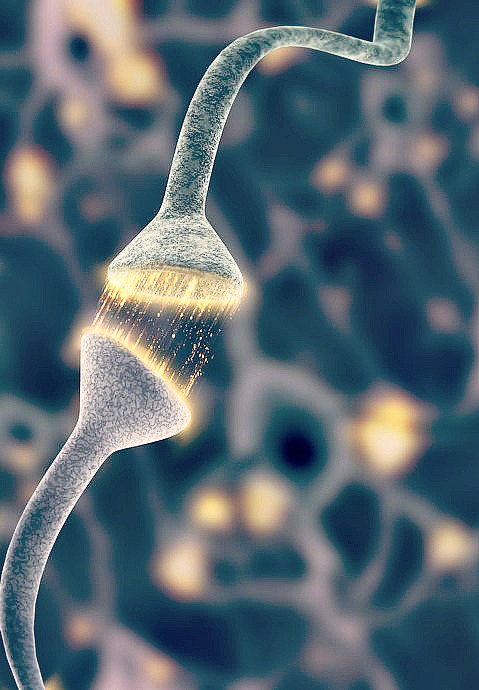The consistent theme that is emerging in the running community is that cushioned athletic footwear negatively affects the proprioceptive system in the feet, resulting in impairments in landing behavior judgment and control during running.

How Barefoot and Shod Running Effects the Proprioceptive System
It’s no longer a secret that cushioned athletic footwear is strongly linked to running injury via faulty biomechanics. A more plausible cause of biomechanical disruption is that cushioned athletic footwear reduces proprioceptor population or connectivity in the feet, thereby altering impact moderating behavior.
How does athletic footwear do this?
Shoe cushioning reduces the proprioceptor’s computational bandwidth, potentially permitting a loss of proprioceptors. The proprioceptors integrate less information when a protective device is worn on the foot. In this case, the proprioceptors are under-active which may result in a series of molecular changes that reduce the number of proprioceptive connections in the feet, ankle and knee joint. How does this effect forefoot running ability? Previous studies indicate that the riskiest landing behaviors during running arise from compromised proprioception.
Barefoot Accelerates Proprioceptive Info
Under barefoot conditions, dramatic changes in proprioceptive signalling are taking place. If the incoming sensory input exceeds a certain electrical threshold, the firing rate of certain proprioceptors may initiate molecular changes that leads to a rapid expansion of proprioceptive connectivity and many biomechanical advances arise.
For example, habitual barefoot runners, including Ethiopian elite distance runners who ran barefoot during youth, exhibit safer levels of loading and impact rates compared with shod runners who heel strike. This means that barefoot running strengthens perceptual awareness of foot strike, implying that sensory feedback processing and motor act coordination are enhanced due to greater proprioceptive connections.
Build-Up Propriocpetion by Going Bare More
Wearing less, or nothing at all, favors the growth of proprioceptors that intervene between the sensory stimulus and motor act coordination during running. The fact that habitual shod runners who switch to barefoot running run better with less injury, suggests that the proprioceptors are changeable, or plastic, allowing a newbie barefoot runner make enormous progress in landing behavior.
More From Run Forefoot:
Best Places to Look When Running
Barefoot Running Sandal Review
Barefoot Running Stores More Energy in Achilles Tendon
Minimalist Running Shoes Reduce Knee Excurison
References:
Robbins SE and Hanna AM. Running-related injury prevention through barefoot adaptations. Med Sci Sports Exerc, 1987; 19(2):148-156.
Bretta Riches
BSc Neurobiology; MSc Biomechanics candidate, ultra minimalist runner & founder of RunForefoot. I was a heel striker, always injured. I was inspired by the great Tirunesh Dibaba to try forefoot running. Now, I'm injury free. This is why I launched Run Forefoot, to advocate the health & performance benefits of forefoot running and to raise awareness on the dangers of heel striking, because the world needs to know.
Latest posts by Bretta Riches (see all)
- Can You Run In Barefoot Shoes? Yes, But DON’T Heel Strike! - 21/07/2024
- Why Cushioned Running Shoes Are Really Bad for Your Feet - 19/07/2024
- Do Cushioned Running Shoes Cause Injuries? - 17/07/2024

Leave a Reply